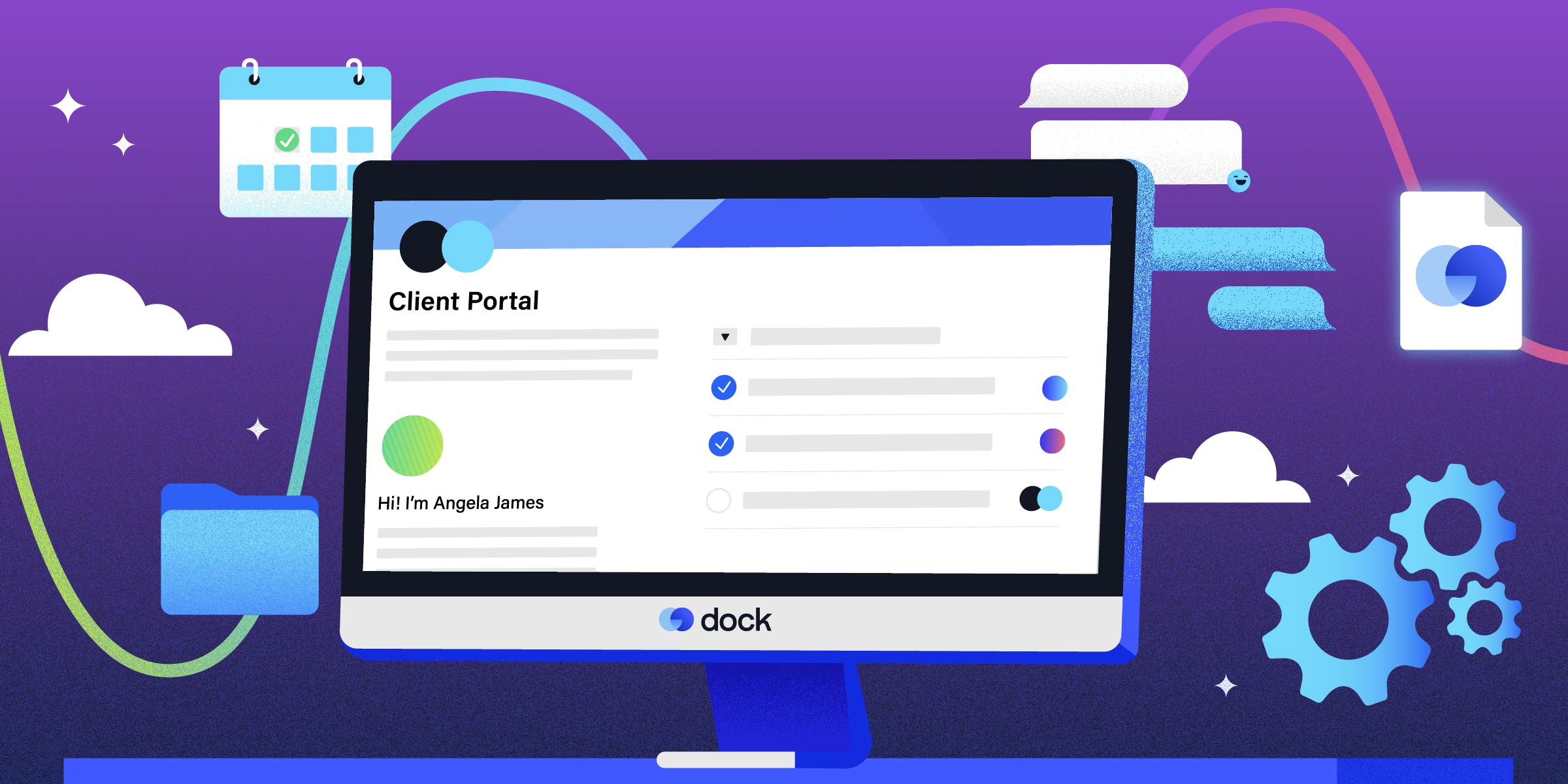Data is a large volume of information that has been collected, processed, and stored in order to be used for business purposes. It can include data that has been created by humans or that has been generated by computers.
Data is a powerful tool for businesses that use it to improve operations, increase revenue, and solidify relationships with stakeholders. However, it can also create challenges for Which Technologies Combine to Make Data a Critical Organizational Asset.
Also Read: sap fico jobs && https://saponlinetraining.co.in/
Machine learning and artificial intelligence (ai)
There are a variety of technologies that can be used to analyze data and extract insights. Some of the most popular and effective include big data, analytics, machine learning (ML) and artificial intelligence (ai).
AI is an area of computer science that focuses on developing algorithms that can mimic human behavior. It’s an area that is quickly gaining interest from many organizations. Ultimately, it is not going to replace humans anytime soon, but it will be able to do tasks that human intelligence cannot perform.
Currently, there are two main areas of AI: rule-based and generalized. Rule-based systems can only do specific tasks, like detecting and diagnosing disease, while generalized AIs can handle any task.
Both of these types of AIs have their pros and cons. Rules-based AIs can be useful for detecting and treating diseases, but they have limitations when it comes to integrating with clinical workflows and medical record systems.
As for generalized AIs, they can learn to perform new tasks with data input, and can adapt to changes in their environment. They are a great option for many industries, including retail, healthcare, and financial services.
Companies are leveraging AI to automate a wide range of processes, from inventory optimization and customer experience enhancement to supply chain management and cybersecurity. They are also leveraging AI to help with product and service innovation.
Organizations are also deploying AI to add intelligent capabilities to existing products and software packages, such as automated home security systems or conversational interfaces that provide Q&A support. These AI capabilities are designed to improve a company’s overall productivity, decision-making, customer experience and employee satisfaction.
Finally, organizations are pursuing a holistic approach to AI that brings together leaders from across the organization, as well as specialists in data science and business. This approach allows these leaders to align AI projects with business goals and priorities, facilitating scale and data sharing.
AI is a fast-growing technology that can transform an organization’s ability to collect, manage and analyze large amounts of data. However, choosing the right technology to manage this data can be difficult. This is because different technologies have different strengths and weaknesses which can make it difficult to find the best solution for your needs.
Big data
Organizations are collecting data from customers, suppliers, employees and supply chains, in addition to social media and other online channels. This is called big data, and it can be used to improve customer experiences, boost business efficiencies or create new products and services.
Big data has a number of characteristics that make it unique from other forms of data, including velocity and volume. Velocity refers to the speed at which big data is generated and must be processed and analyzed. Many big data sets update on a real- or near-real-time basis, rather than on daily, weekly or monthly schedules.
This rapid growth of data means that organizations need high-performance technology to handle it. For example, grid computing or in-memory analytics can process large volumes of data more quickly and efficiently than traditional systems.
In addition, big data can be processed from different types of sources and in a variety of formats. For instance, data may be in the form of text, images and video. It can also be a combination of data from several sources, such as web pages, documents, emails and machine-generated data.
These sources can be structured or unstructured, and they are often collected from different devices and locations. Big data can be used to address a wide range of issues, from predictive maintenance of machines to improving customer experience.
As with most technologies, there are a number of challenges with big data. Some of them are technical, and others involve people.
The first challenge is determining which data is relevant. For example, if an organization wants to use a certain piece of data to forecast sales, it must ensure that the data is related to the company’s goals and objectives.
Another challenge is that the data needs to be clean and organized before it can be used for analysis. This requires the use of tools for cleansing, filtering and analyzing big data.
Other issues with big data include the need to integrate data from various sources and the need to identify data values that are important to an organization’s goals. As a result, there’s a need for data management and data integration software. This software enables organizations to manage and access data from multiple locations, ensuring that the right data is available for analysis at any time.
Data management
Data management is a process that collects, stores and analyzes the data that businesses create or receive over time. This information helps to inform business decisions, and it can be a valuable asset for any company.
Companies need to ensure that they have accurate and up-to-date information so that they can make the best possible decisions about their operations. Without this, they may end up making decisions that are not effective or that will hurt their bottom line.
The key to achieving this goal is to use a system that can convert data from various formats into a single repository. This can help to ensure that all of the data from different sources is gathered into one place and can be compared against the company’s own data.
For example, a company that is generating tons of data through online marketing could benefit from the ability to compare its own data against what it sees in social media channels or in customer surveys. This information will allow it to identify trends and patterns that could help it to make better business decisions in the future.
A data management strategy can also help companies to identify the sources of their most important data and the types of information that they have at their disposal. This can be useful for companies that are trying to determine how to grow their business or for those that want to develop new product offerings.
Data management can also be used to ensure that data is protected from hackers and other types of threats. This can be important for companies that store sensitive information, such as banking details, on computers or servers.
Many companies have adopted a data management strategy to ensure that their data is secure and safe from harm. This can include using a variety of security protocols, such as encryption and firewalls.
Another way to ensure that data is protected is to have a dedicated data security team. This is particularly important for companies that store personal information on servers or computers. It can help to protect employees from identity theft and other types of fraud.
Analytics
Analytics are critical tools for organizations, as they allow businesses to use data to make better decisions about their products, services and strategies. Across industries, companies generate vast amounts of data and need experts who can interpret and analyze that information to help them craft strategies for success.
As businesses continue to gather and analyze more and more data, it is becoming an even more important asset. This is especially true in today’s digital world where the amount of data is growing exponentially, and companies need to be able to quickly and accurately identify new opportunities for growth and improve customer experience.
To maximize the value of their business data, organizations need to implement a variety of technologies. Some of these include a data management strategy, data visualization solutions and artificial intelligence (ai).
A good data management strategy ensures that your organization can efficiently access and use all the data it has collected in an organized way. This can include both structured and unstructured data, from traditional databases to streaming sensor and image data, among other formats.
The goal is to be able to collect and store your data in a secure and sharable format. Once the data is ready, you can then prepare it for analysis using tools that can quickly and easily convert it into a usable form. This process is called data preparation, and it can take up to 80% of the time spent on an analytics project.
With a self-service data preparation solution, users can quickly and easily create a sharable and secure data repository that they can then use for data analysis. This can help to solve the data consistency and security issues that many organizations face when combining and analyzing their data.
In the end, this helps to make your data more accessible and sharable throughout your organization, so that people in different departments can have the ability to understand and use your data for their own purposes. This is essential for a truly data-driven organizational culture where everyone in the company can benefit from the insights that your data has to offer.










